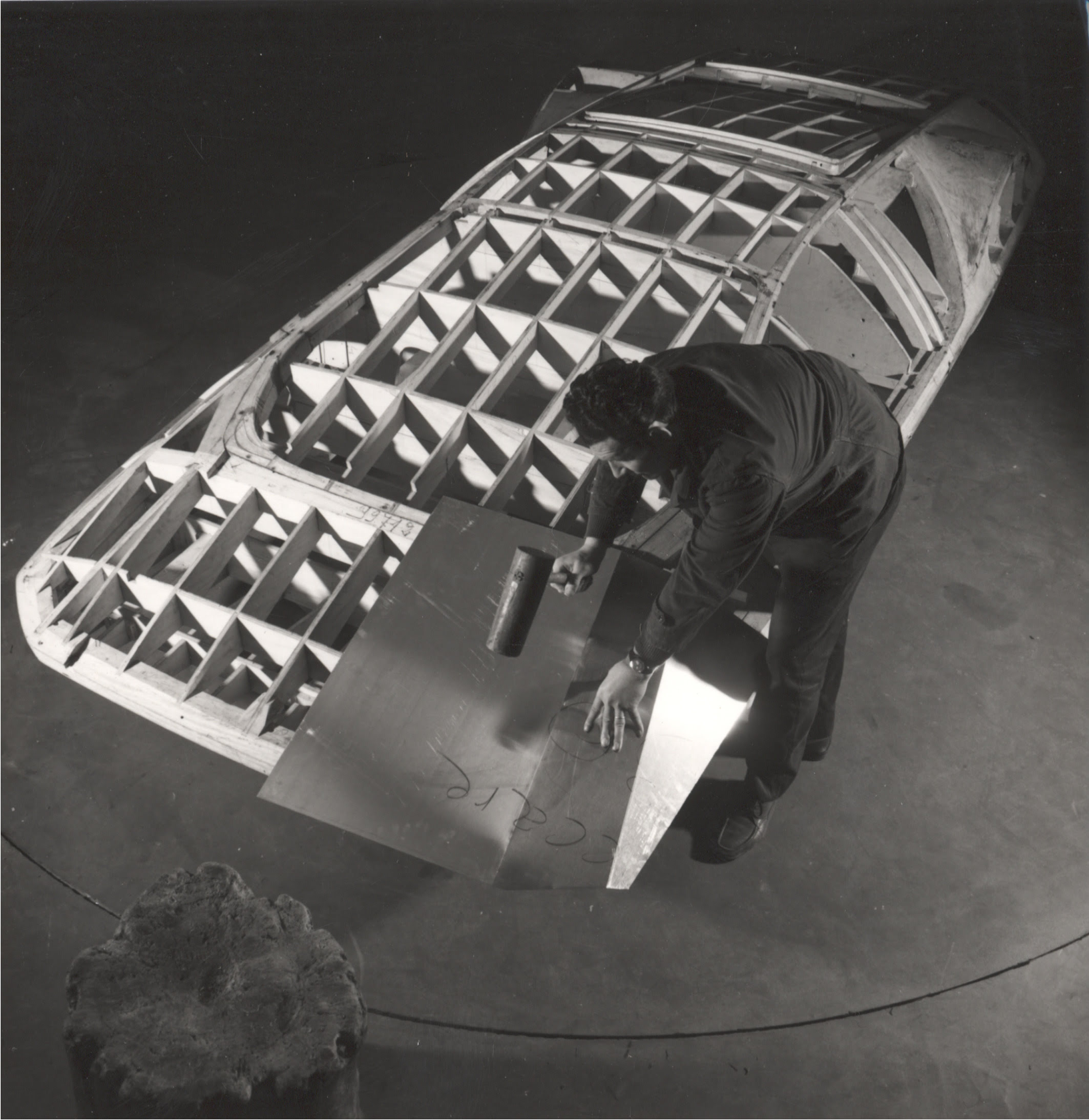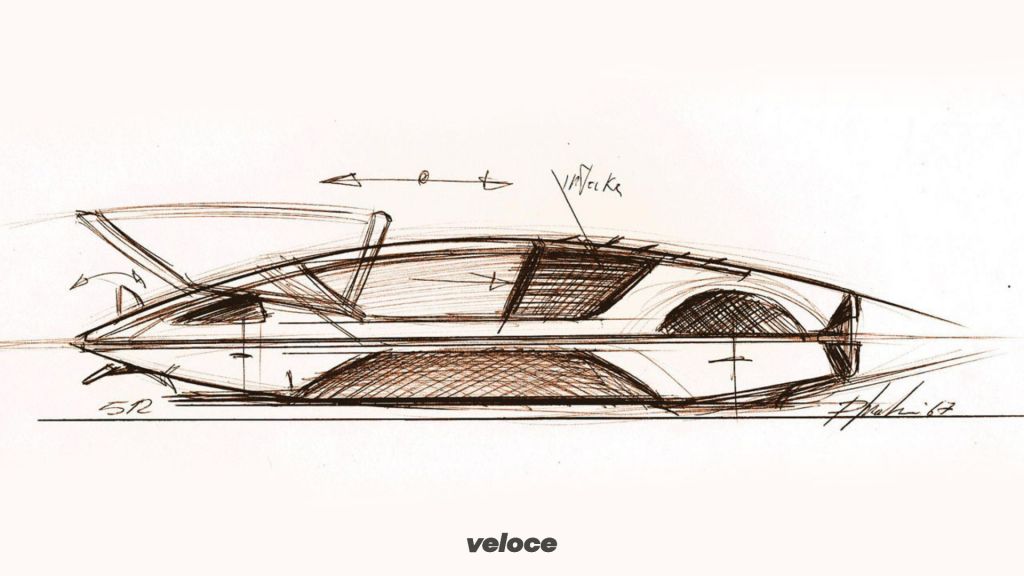Pininfarina Modulo Mascherone

The descriptions of the Classic Cars in the Directory were partly generated or supplemented with the help of artificial intelligence (AI). The content may occasionally not always be entirely accurate or factually correct despite careful checking.
Unveiled at the Geneva Motor Show in 1970 and winner of 22 international design awards, the Modulo shattered conventional automobile norms and stands as a pinnacle of Italian and global automotive design.
But how is a model of this kind built?
The first step involves constructing the buck using two techniques: one originating in Modena, specifically tailored for racing cars, utilizing iron rods commonly referred to as “filone,” and the other method involves the creation of a life-size wooden buck that’s identical to the final vehicle. This marriage of pure concept and the original structure is realized through meticulously handcrafted, hand-beaten panels, refining the car’s distinctive contours.
The wooden buck is much more solid and is not built around the mechanics, so it must be ensured that the bodywork does not interfere with any of its components. Though costlier, this approach simplifies production compared to the "filone,” as the buck's substantial mass enables the wood to be directly sculpted with hammers during the finishing stage.
Naturally, the bodywork was made of individual sheet metal pieces, and how they were “cut” was determined by the panel beater and based on the limits of achievable shapes. It was a sort of preliminary study that required considerable expertise.
The panel beater adeptly manoeuvred to mould and gradually married the bodywork, achieved by skilfully “stretching” and manipulating the metal with the buck. Many types of hammers were used, getting smaller and smaller as the final shape approached. Once finished, the piece was placed onto the buck, meticulously adjusting the contours to ensure seamless continuity with adjacent components. Then the welding and bodywork was completed.
Ultimately, the Modulo is a vehicle projected towards the future, yet its construction technique remains firmly grounded in tradition






